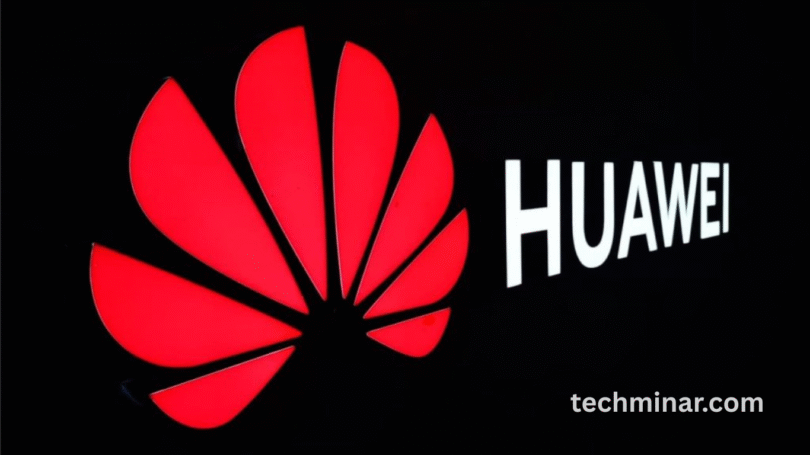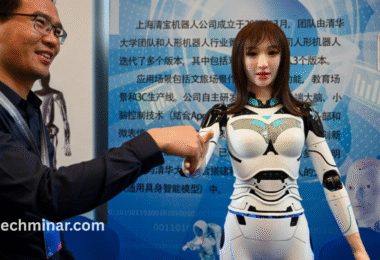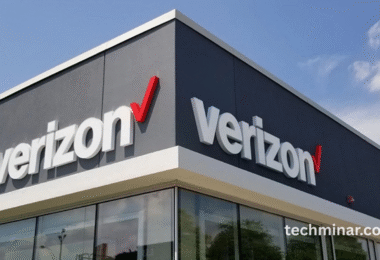Huawei comeback is redefining the balance in the US-China tech war, signaling a resilient shift in global technology competition. Once crippled by US sanctions, Huawei’s recent resurgence is more than a corporate success—it is a geopolitical statement reflecting China’s determination to become technologically self-reliant.
The revival of Huawei, especially with its Mate series and HarmonyOS, showcases China’s growing capability to innovate independently. This development exposes the fragile interdependence of global supply chains and ignites new discussions about technology sovereignty, economic security, and the future of global tech regulation.
Huawei’s Return to the Smartphone Market
Huawei’s latest Mate series, including the Mate 60 Pro, has been pivotal in its resurgence. Despite US export bans cutting off access to 5G chips and key components, Huawei returned with phones powered by domestically produced chipsets like the Kirin 9000s. The successful launch of these devices revealed not only technological progress but also consumer support within China.
This comeback sparked debates in the West about the effectiveness of sanctions and highlighted China’s resolve to overcome tech bottlenecks through indigenous innovation.
The Role of Semiconductor Independence in China’s Strategy
Central to Huawei’s revival is China’s accelerated investment in semiconductor self-sufficiency. The Kirin 9000s chips, reportedly fabricated by SMIC (China’s largest foundry), illustrate a breakthrough despite facing limitations in advanced lithography equipment due to US sanctions.
Read More : The Elite Microsoft Unit Constantly Working to Thwart Hackerss
This effort reflects broader national ambitions: to reduce dependence on foreign tech and build a resilient domestic supply chain. It also intensifies the tech race, prompting the US to double down on export controls and invest in domestic chip manufacturing.
US Sanctions and Their Long-Term Impact
The United States imposed sweeping sanctions on Huawei, cutting off its access to advanced US-origin technologies. Initially devastating, the sanctions forced Huawei to abandon its global smartphone leadership.
However, the unintended consequence has been the strengthening of China’s internal innovation ecosystems. Companies like Huawei and SMIC have become national champions, receiving substantial government support to continue R&D and circumvent technological restrictions.
Technological Decoupling and Global Supply Chain Fragmentation
Huawei’s comeback signals a broader trend of technological decoupling. The US-China tech war is reshaping global supply chains as countries are pressured to choose sides or diversify their dependencies.
Tech firms worldwide are reassessing risks, exploring “friend-shoring,” and investing in dual supply chains. Huawei’s push to replace Android with HarmonyOS is a direct response to these dynamics, fostering an alternative tech ecosystem led by China.
The Geopolitical Significance of Huawei’s Recovery
Beyond business metrics, Huawei’s recovery is a symbol of national pride and geopolitical strategy. China’s leadership uses Huawei as proof of resilience against Western tech dominance, while critics in Washington view it as a threat to global cyber security and fair market competition.
The battle over Huawei has become a proxy conflict in the more significant ideological and strategic contest between the US and China, with tech as the battlefield.
Consumer Trust and Domestic Market Resilience
Huawei’s sustained popularity in China is a testament to strong domestic consumer trust. The company’s “Made in China” message has resonated with patriotic consumers, helping offset losses in global markets.
Huawei’s reinvigorated smartphone sales demonstrate the viability of relying on the domestic market as a cushion against international trade restrictions. Huawei’sBrand loyalty is now as much about national identity as it is about product quality.
Innovation Through Adversity: Huawei’s R&D Strategy
Huawei has consistently invested over 10% of its revenue in R&D, a strategy that has insulated it during its darkest hours. This commitment has resulted in the development of HarmonyOS, advanced imaging technologies, and AI-powered services.
Its innovation-through-adversity model is now a blueprint for other Chinese tech companies navigating similar pressures, indicating a long-term transformation in China’s tech development philosophy.
Implications for the Global Technology Landscape
Huawei’s resurgence changes the narrative around sanctions, self-reliance, and global tech dominance. For US allies and international tech firms, it raises questions about the sustainability of a unipolar tech order.
Emerging markets may increasingly turn to Chinese alternatives as Huawei and its ecosystem expand, challenging the dominance of US-based platforms. This multipolar technology landscape could redefine competition, innovation, and data governance globally.
Frequently Asked Questions
Why did we ban Huawei?
Huawei was banned due to national security concerns, including allegations that the Chinese government could use its equipment for espionage.
How did Huawei manage to come back despite sanctions?
Huawei invested heavily in R&D and domestic manufacturing, including in-house chip design and its HarmonyOS operating system.
What is the significance of the Kirin 9000s chip?
The Kirin 9000s symbolizes China’s ability to produce advanced chips without Western technologies, highlighting progress in semiconductor independence.
How does Huawei impact the US-China tech war?
Huawei represents the frontline of the tech war, embodying China’s efforts to counter US restrictions and build a sovereign tech ecosystem.
Is HarmonyOS a viable alternative to Android?
HarmonyOS is gaining traction in China and shows promise, though it remains limited outside China due to challenges with the app ecosystem and developer support.
What is tech decoupling?
Tech decoupling refers to the strategic separation of technological ecosystems, primarily between the US and China, to reduce interdependence.
How are global tech companies responding to Huawei’s situation?
Many are diversifying supply chains, exploring “friend-shoring,” and re-evaluating markets to navigate geopolitical tensions.
What does Huawei’s comeback mean for the future of global tech?
It signifies a shift toward a more fragmented but competitive global tech ecosystem where resilience and independence are key drivers.
Conclusion
Huawei’s comeback tells a larger story about resilience, sovereignty, and global tech realignment. Its revival challenges the dominance of US-led tech policies and signals a growing multipolarity in innovation, shaping the next era of digital geopolitics.





